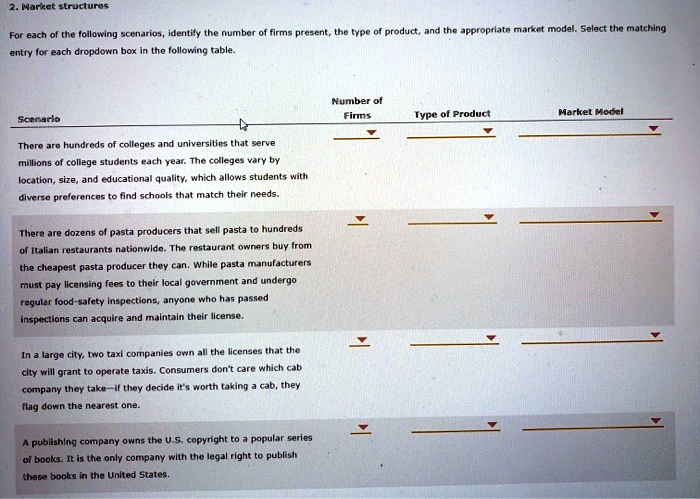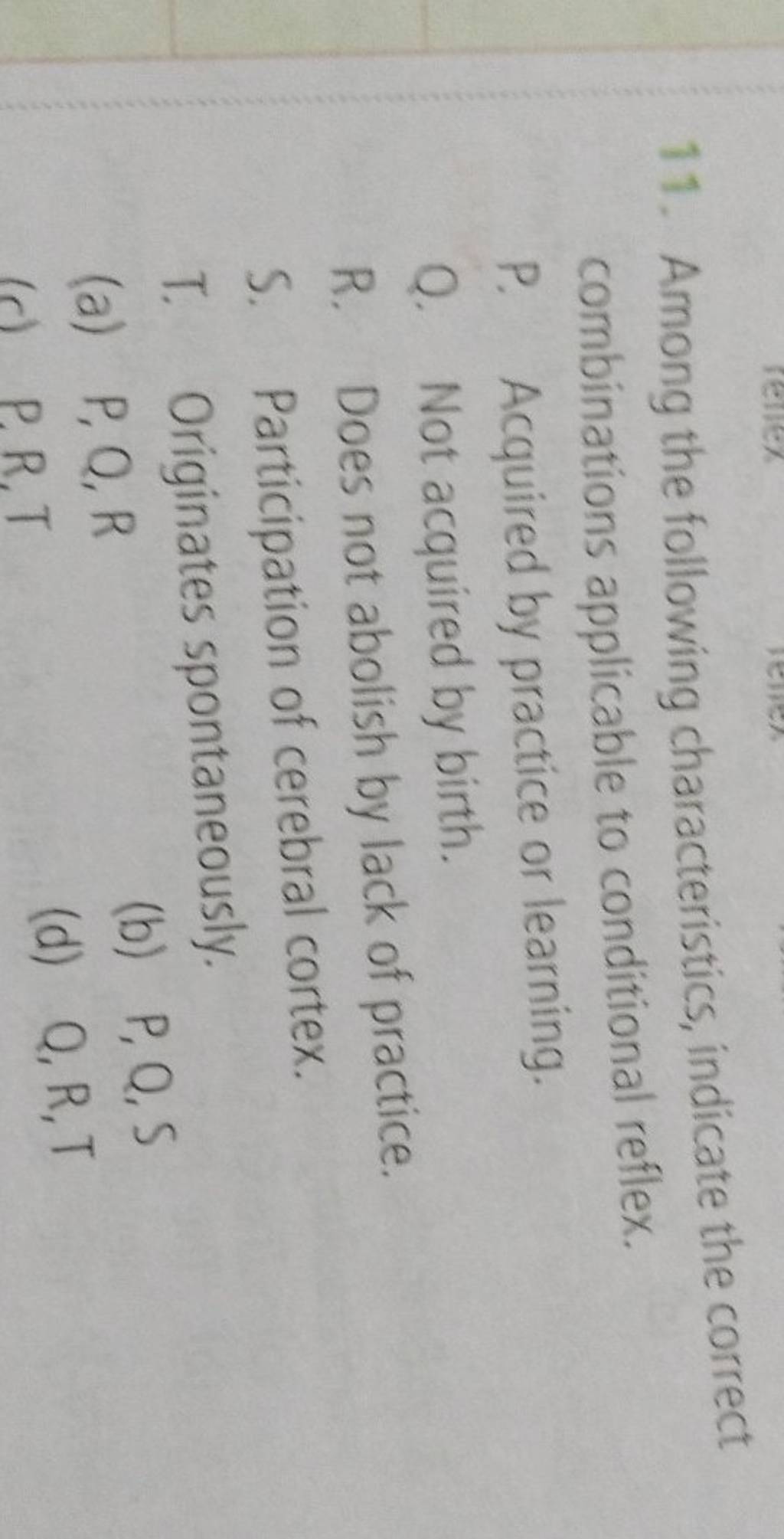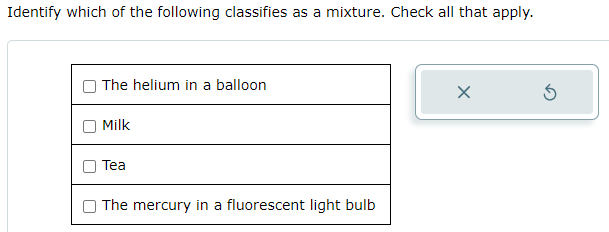Which Of The Following Sets Of Characteristics Correctly Classifies Retailers
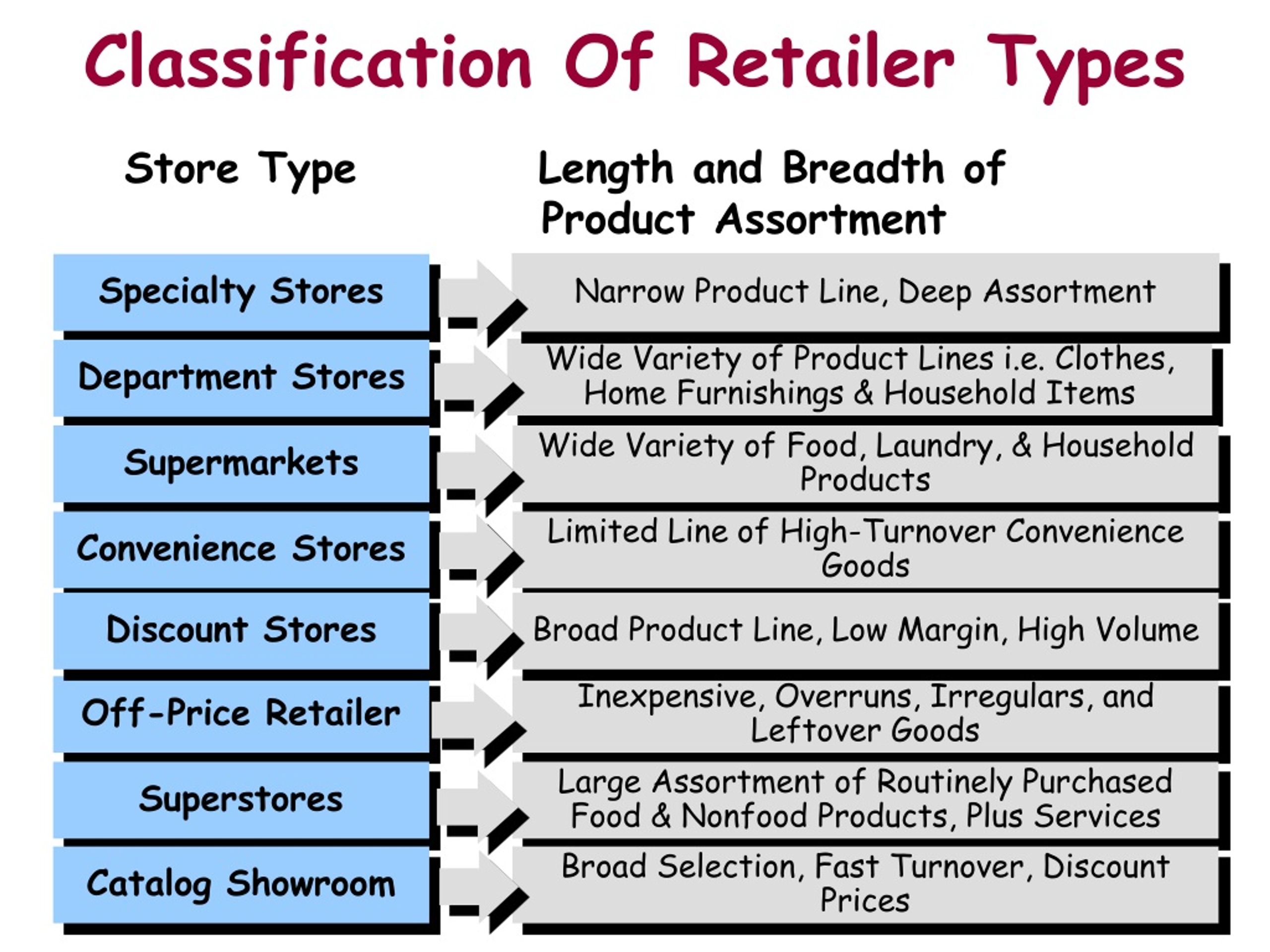
Retailers are scrambling to adapt as a new classification system promises to reshape the industry, forcing companies to reassess their identities and strategies overnight.
This overhaul, impacting everything from supply chains to marketing, hinges on a revised set of characteristics that accurately categorize the diverse landscape of modern retail.
The Retail Revolution: A New Classification Emerges
A panel of industry experts, led by Dr. Anya Sharma from the Retail Analytics Institute, unveiled the revised classification system earlier today at the Global Retail Summit in Geneva. The core of the system rests on three key characteristics: Ownership Structure, Service Level, and Product Assortment.
These pillars, according to Dr. Sharma, offer a more nuanced and accurate representation of retailers compared to outdated models that primarily focused on product type or sales volume.
Ownership Structure: Independent vs. Chain
The first characteristic, Ownership Structure, distinguishes between independent retailers and chain stores. Independent retailers are characterized by single ownership, often with a limited number of locations. Chain stores, conversely, operate under a centralized management system with multiple outlets.
This distinction impacts everything from purchasing power to brand strategy, requiring different approaches for each type of retailer.
Service Level: Self-Service, Limited Service, Full Service
The second defining element is Service Level. Retailers are now categorized into three levels: Self-Service, Limited Service, and Full Service. Self-service retailers, like grocery stores or discount retailers, minimize staff interaction, relying on customers to locate and select products independently.
Limited service retailers offer some assistance, but customers primarily browse and make purchasing decisions on their own. Full-service retailers provide extensive support, including personalized recommendations and dedicated assistance throughout the shopping experience. Think high-end boutiques or personal styling services.
Product Assortment: Narrow, Broad, Deep
Finally, Product Assortment classifies retailers based on the breadth and depth of their offerings. A narrow assortment focuses on a limited range of product categories. A broad assortment offers a wide variety of product categories.
Deep assortment refers to a large selection within a specific category. Retailers can fall into various combinations, such as a broad but shallow assortment (like a general department store) or a narrow but deep assortment (like a specialty shoe store).
Impact on the Retail Landscape
The new classification system is poised to dramatically impact several key areas of the retail industry. Marketing strategies will need to be tailored to specific retailer categories, moving away from broad generalizations.
Supply chain management will also be affected, as different types of retailers require varying levels of logistical support and inventory management. For example, independent retailers with narrow assortments may rely on smaller, more specialized suppliers.
E-commerce strategies must also align with the new classifications. Online retailers need to clearly define their service levels and product assortments to attract and retain customers.
"This isn't just a semantic change; it's a fundamental shift in how we understand and analyze the retail industry," explained Dr. Sharma.
According to early data from the Retail Analytics Institute, approximately 30% of retailers will need to re-evaluate their current categorization. This re-evaluation process could lead to significant operational and strategic adjustments.
Challenges and Opportunities
The transition to the new classification system presents both challenges and opportunities for retailers. The initial challenge lies in accurately self-identifying within the new framework.
Some retailers may find themselves straddling multiple categories, requiring careful consideration of their core business model. The opportunity, however, lies in leveraging the new system to gain a competitive advantage.
By understanding their precise classification, retailers can better target their marketing efforts, optimize their supply chains, and enhance the overall customer experience. This will require investment in data analytics and a willingness to adapt to the changing landscape.
What's Next?
The Retail Analytics Institute is hosting a series of workshops and webinars over the next month to guide retailers through the re-classification process. Retailers are urged to begin assessing their current operations and aligning with the new classification system immediately.
Failure to adapt could result in misdirected marketing efforts, inefficient supply chains, and ultimately, a loss of market share. The future of retail hinges on a clear and accurate understanding of this new classification system.
Further updates and resources can be found on the Retail Analytics Institute's website.

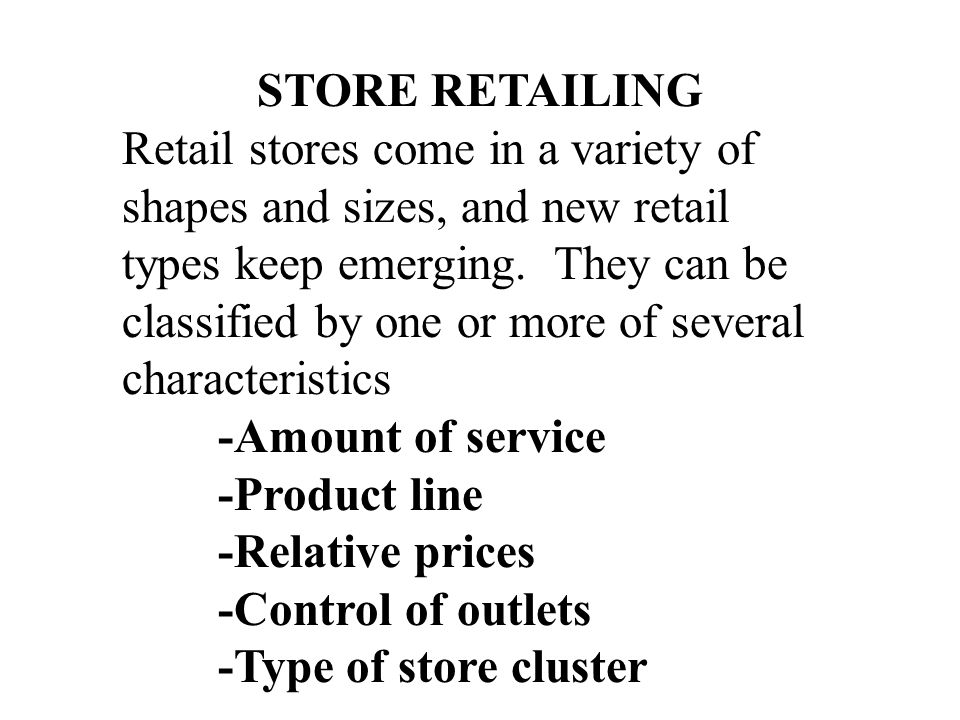

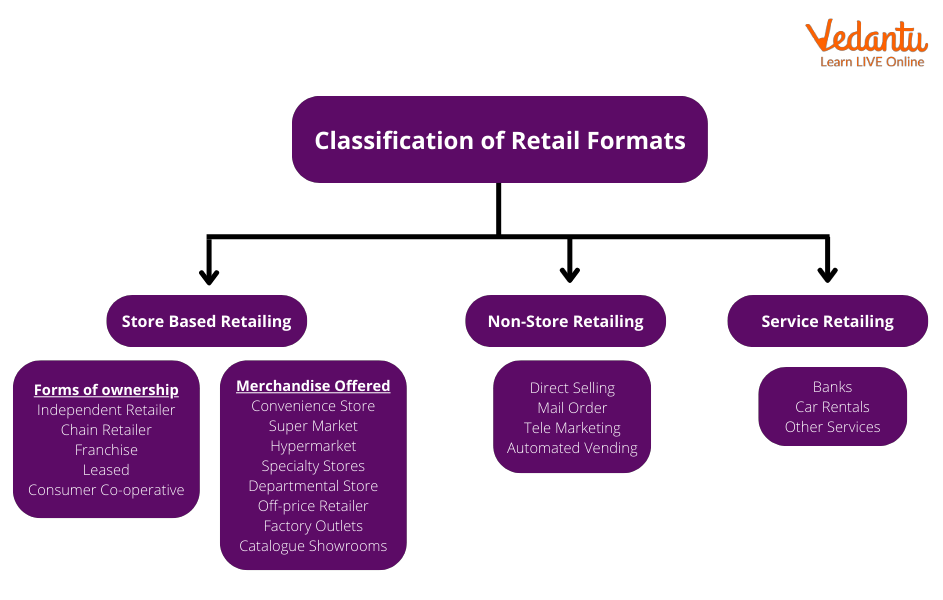

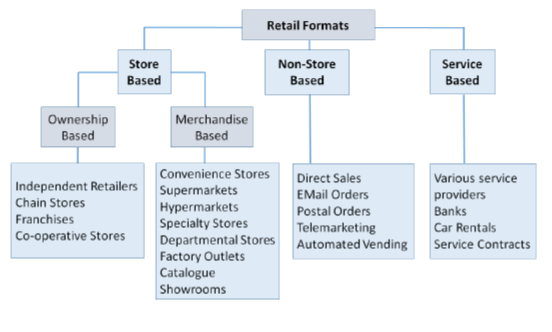
.jpg)





